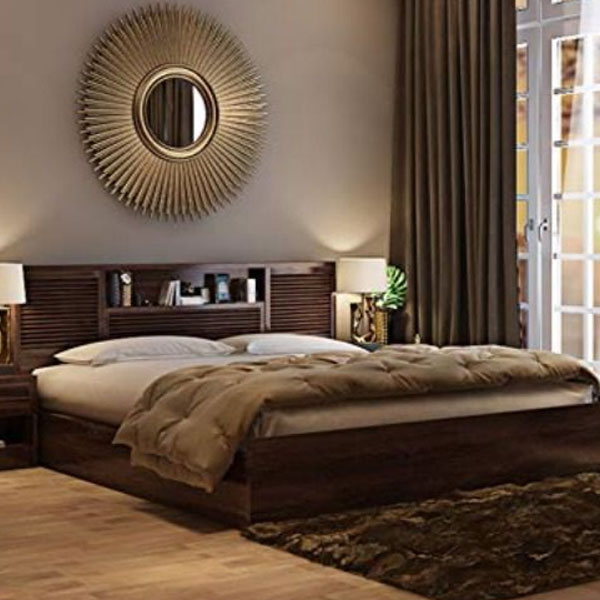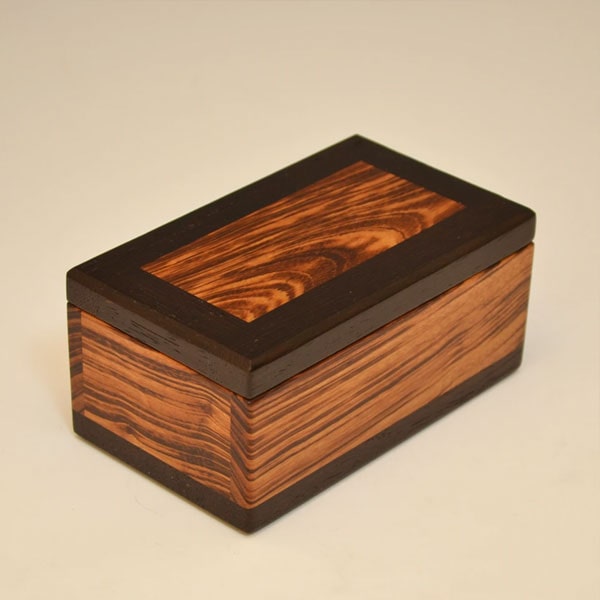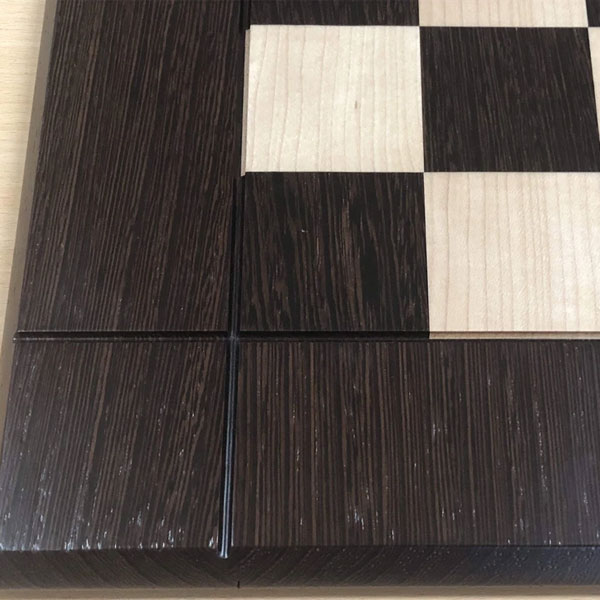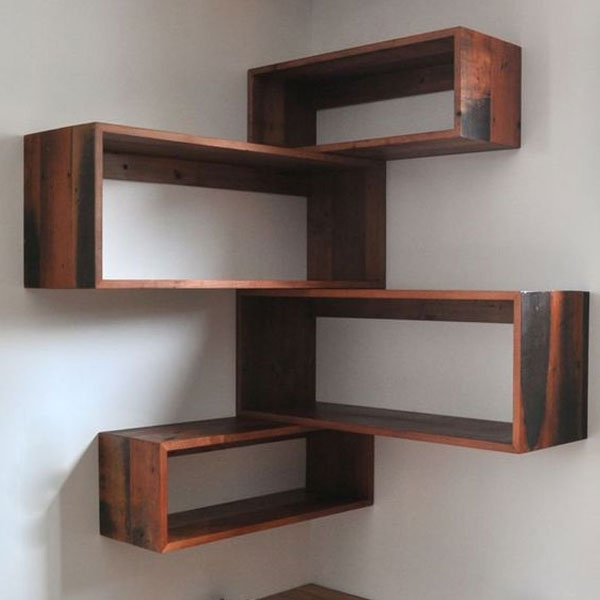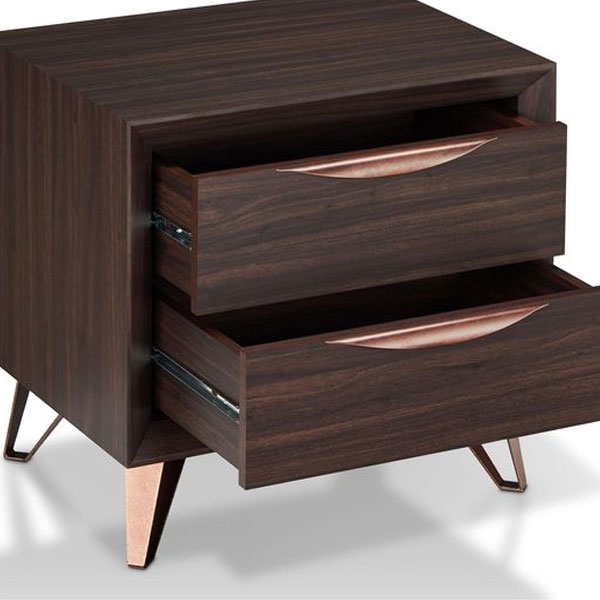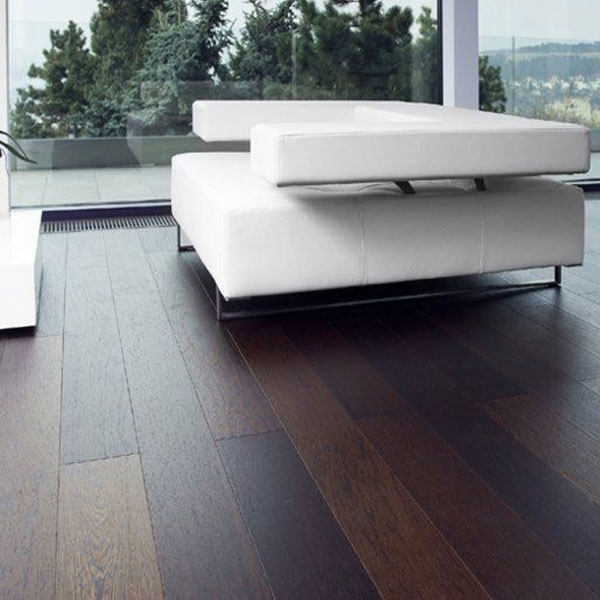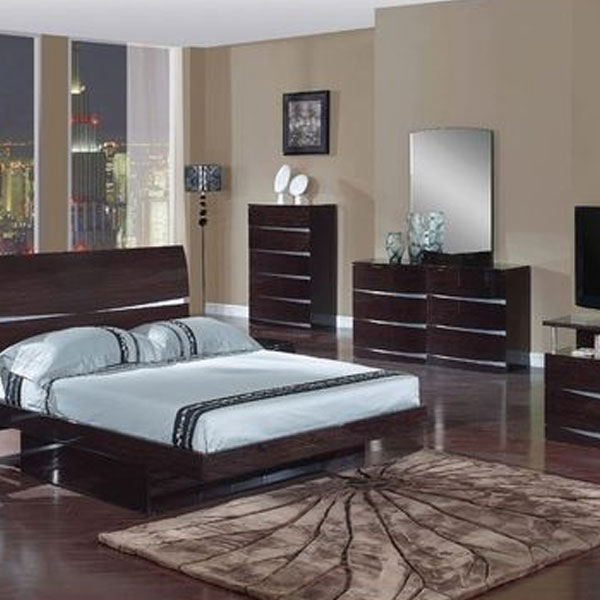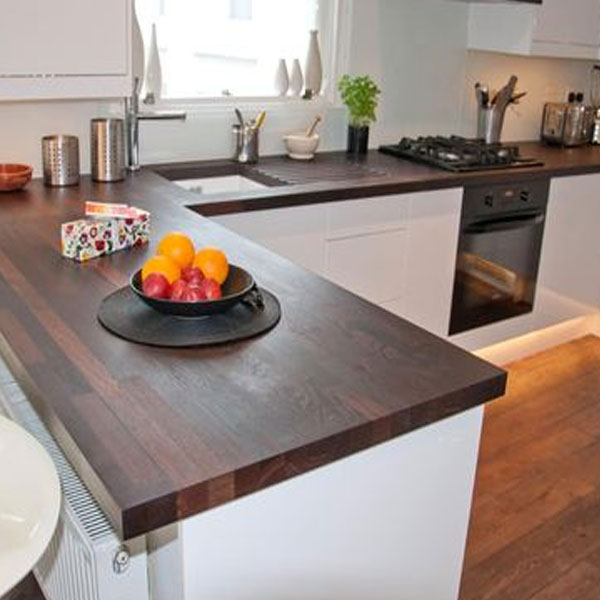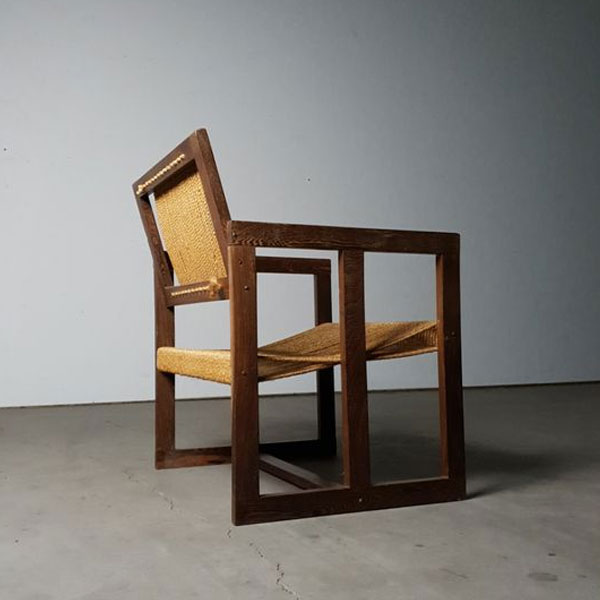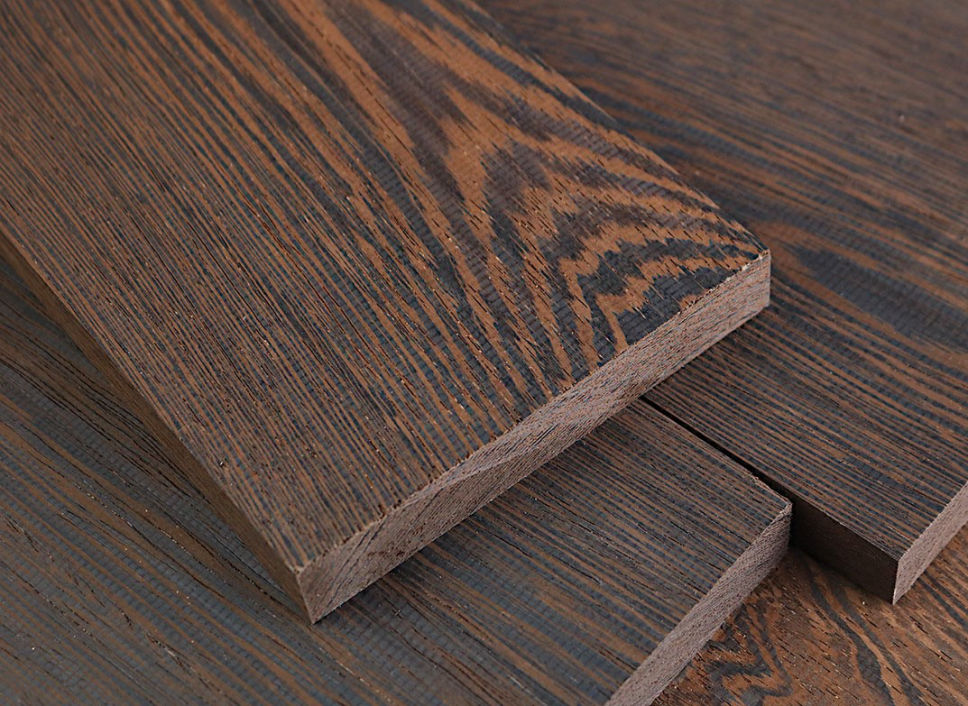
What is Wenge Wood?
The Millettia Laurentii tree, which grows in Central and West Africa, as well as many other closely related tree species, are used to produce the exotic lumber known as wedge wood. It goes by the names African rosewood, imitation ebony, dikela, mibotu, bokonge, and awong.
Wenge Wood is an unusual dark brown wood that occasionally has lighter streaks or even alternates between dark and light stripes. It is a dense tropical wood that ranges in hardness from extremely hard to hard and is resistant to fungi, termites, and borers. Therefore, treating it is not required.
Wenge Wood is a versatile species because of its qualities. It is mostly utilised in exterior cladding, inside joinery, exterior carpentry, and wenge wood furniture, parquet flooring. Wenge wood that has been kiln-dried has a density of 45 to 55 pounds per cubic foot.
Workability
Sustainability
Common Uses
We exclusively provide Wenge Wood in log form:
- Size: Only spherical logs are available
- Wenge wood logs can be sawn upon request
- Origin: Africa

